#asia history
Text
Ancient Flasks: Chinese Bianhu Flasks

Chinese bianhu flasks (Chinese: 扁壺), also known as "flat vases" or "shoulder flasks," are a type of ceramic vessel that originated in ancient China. They were primarily produced during the Tang Dynasty (618-907 AD) and were commonly used for storing and pouring liquids such as wine or oil.
Bianhu flasks are characterized by their flattened oval shape, resembling a pear or a gourd. They have a wide, flat body with sloping shoulders and a narrow neck. The mouth of the flask is typically small and may be fitted with a stopper or a lid. These flasks were often decorated with intricate patterns, motifs, and inscriptions, showcasing the artistic skills of the craftsmen.
One notable feature of bianhu flasks is the presence of lotus-shaped supports on their bases. These supports resemble the petals of a lotus flower and provide stability to the flask when it is placed on a flat surface. The lotus motif is significant in Chinese culture, symbolizing purity, enlightenment, and rebirth.
Bianhu flasks were not only functional vessels but also held cultural and symbolic importance. They were often used as prestigious items for ceremonial purposes and were sometimes buried in tombs as funerary objects.
Today, surviving examples of bianhu flasks provide valuable insights into the art, craftsmanship, and cultural practices of ancient China. They are highly regarded as artistic and historical treasures, representing the creativity and skill of Chinese ceramic artisans during the Tang Dynasty.
Follow my YouTube channel. Silent tablets documentary, short videos from ancient history.
Follow my Twitter.
#chinese#archaeology#ancient history#history#asia history#ancient flasks#flasks#bianhu#bianhu flasks#flat vases#china#ancient china#history china#扁壺#tang dynasty
2 notes
·
View notes
Video
youtube
Step into the past as we uncover Asia's hidden stories, a world of diverse cultures, ancient civilizations, and geopolitical landscapes before the Cold War. Our enlightening video showcases this forgotten era with meticulous research, stunning visuals, and expert insights, offering a glimpse into a time when Asia was a mosaic of traditions, dynasties, and societies. For more visit here
#youtube#the cold war#world war 1#world war ii#world#world war#world war 2#map of the world#smartest country in the world#most polluted country in the world#the cold war explained#the great war#the korean war#asia history#what if asia was one country#world map real size#asia#world history#world geography#east asian#asia facts#asian cities#the truman doctrine#first world war#fall of the soviet union#asian countries#the cuban missile crisis
0 notes
Text

Snow at the Ukimido, Katada, Tsuchiya Koitsu, 1934
#art#art history#Asian art#Japan#Japanese art#East Asia#East Asian art#shin-hanga#woodblock print#Tsuchiya Koitsu#landscape#landscape art#snow#winter#winter scene#Showa period#Showa era#20th century art
4K notes
·
View notes
Text
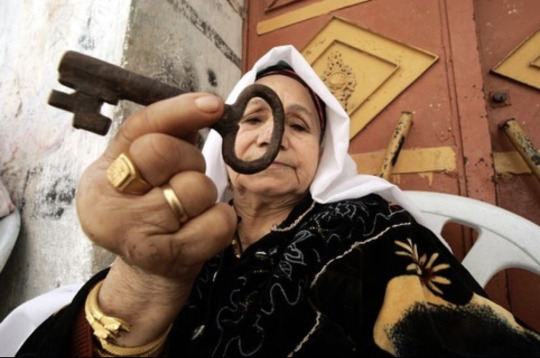

[left: Palestinian woman holding key to home now under Isr*eli occupation]
[right: Keys hang from a tapestry at a school in Aralez, Armenia, representing the keys to homes left behind by the survivors of the Armenian Genocide]
we will return.
#armenian#culture#west asia#palestine#Palestinians#freepalestine#Armenia#armenian history#indigenous#Middle East#generational trauma
4K notes
·
View notes
Text
The Spanish surnames of many Filipinos have often misled foreigners here and abroad, who are unaware of the decree on the adoption of surnames issued by Governor-General Narciso Clavería in 1849. Until quite recently in the United States, the Filipinos were classified in demographic statistics as a “Spanish-speaking minority,” along with Puerto Ricans, Cubans, Mexicans, and other nationals of the Central or South American republics. The Philippines, as is well known, was a Spanish colony when Spain was mistress of empires in the Western Hemisphere; but the Americans were “hispanized” demographically, culturally, and linguistically, in a way the Philippines never was. Yet the Spanish surnames of the Filipinos today—García, Gómez, Gutiérrez, Fernández—seem to confirm the impression of the American statistician, as well as of the American tourist, that the Philippines is just another Mexico in Asia. Nor is this misunderstanding confined to the United States; most Spaniards still tend to think of “las Islas Filipinas” as a country united to them through the language of Cervantes, and they catalogue Philippine studies under “Hispano-America.” The fact is that after nearly three-and-a-half centuries of Spanish rule probably not more than one Filipino in ten spoke Spanish, and today scarcely one in fifty does. Still the illusion lives on, thanks in large part to these surnames, which apparently reflect descent from ancient Peninsular forbears, but in reality often date back no farther than this decree of 1849.
Somehow overlooked, this decree, with the Catálogo Alfabético de Apellidos which accompanied it, accounts for another curiousity which often intrigues both Filipinos and foreign visitors alike, namely, that there are towns in which all the surnames of the people begin with the same letter. This is easily verifiable today in many parts of the country. For example, in the Bikol region, the entire alphabet is laid out like a garland over the provinces of Albay, Sorsogon, and Catanduanes which in 1849 belonged to the single jurisdiction of Albay. Beginning with A at the provincial capital, the letters B and C mark the towns along the coast beyond Tabaco to Tiwi. We return and trace along the coast of Sorsogon the letters E to L; then starting down the Iraya Valley at Daraga with M, we stop with S to Polangui and Libon, and finish the alphabet with a quick tour around the island of Catan-duanes. Today’s lists of municipal officials, memorials to local heroes, even business or telephone directories, also show that towns where family names begin with a single letter are not uncommon. In as, for example, the letter R is so prevalent that besides the Roas, Reburianos, Rebajantes, etc., some claim with tongue in cheek that the town also produced Romuáldez, Rizal, and Roosevelt!
Excerpt from the 1973 introduction to Catálogo de Alfabético de Apellidos by Domingo Abella
1K notes
·
View notes
Text


🌞 Sun and Moon Pagodas | 日月双塔 🌚
Originally built in Guilin, Guangxi during the Tang dynasty (618-917) the pagodas were reconstructed in 2001.
#chinese culture#chinese history#Chinese architecture#buddhism#pagodas#tang dynasty#asian architecture#China#east asia#east Asian cultures#dynastic china
1K notes
·
View notes
Text
colonization wasn't started by the europeans in the 1500s.
so stop trying to demonize Europe and America for what they have don't that MANY cultures around the world have already done.
and yes using the term "colonizer" is a racial slur and stop suing it.
#colonization#colonialsm#colonies#european history#englands#uk#america#france#dutch#enlglish#white people#colonizer#racial slurs#rome#greece#asia
378 notes
·
View notes
Text
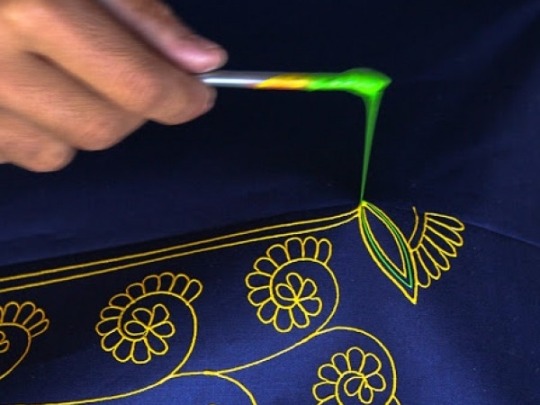

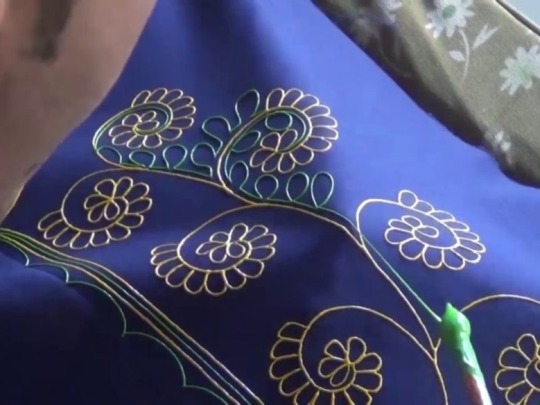





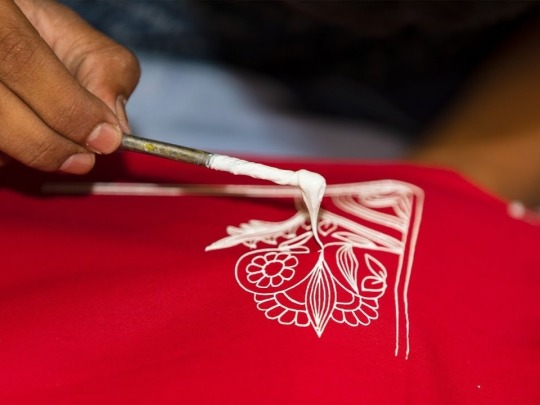

Rogan is an technique of cloth printing practiced in the Gujarat, Peshawar and Sindh regions of India and Pakistan. The word rogan has roots in both Persian and Sanskrit, meaning oil. In this craft, paint is made from boiled castor oil or linseed oil and vegetable dyes is laid down on fabric using a stylus.
The process of applying this oil based paint to fabric was developed among the Khatri community in Gujarat and the techniques of preparing and applying dyes was passed down in the family. As rogan printed cloth tended to be less expensive than other heavily embroidered garments but could still produce the illusion of embroidery, it was the wedding garment of choice for women from poorer families. The craft nearly died out in the late 20th century with the availability of cheaper and machine-made textiles. However, it is currently being revived mostly due to the efforts of the artist Abdulgafur Khatri and his family, who work tirelessly to spread awareness about Rogan art and teach it to young people, mostly young women from poor families in order to empower them by providing a means of livelihood as well as keeping the art of rogan alive.
1 / 2 / 3 / 4 / 5 / 6 / 7 / 8 / 9 / 10 / 11 | textile series
#ots#textiles#indian textiles#textile history#textile art#art printing#rogan art#gujarat#india#pakistan#south asia#desi tumblr#desiblr#sindh#peshawar#desi tag
1K notes
·
View notes
Text
Something that Americans (and also other Western people, but especially Americans) need to understand is how much US hegemony affects non americans, and how much power you guys hold over us.
The only problems we talk about are the ones that the west notices, because all of social media, and honestly, all of power, is held by America and the west. We don't talk about genocides that have been happening for centuries and problems like caste that pervade south Asian and the treatment of indigenous populations in different countries because Americans don't talk about it.
The only reason the world is noticing Palestine is because the west decided to take interest, and the only way Palestine will be free and all these problems will be brought into the world's eye is through the west's (and Americans') continued interest.
Look into these problems, talk about these problems. We wear jeans and watch American shows and eat from American food joints. The kind of soft power you guys hold is unimaginable. Use it.
#us#us politics#america#western#palestine#free palestine#caste#india#asia#talk about this#from the river to the sea palestine will be free#free congo#end caste#fuck israel#israel#yemen#i want to blaze this but im so broke#gaza#jerusalem#history#current events#world news#news
722 notes
·
View notes
Text
Ms. Coll. 390, Item 2676, is a picture book, containing drawings and miniature paintings of birds and animals, mythological beings, scenes of daily life, court scenes, and more. Many of the pictures are unfinished, upside-down or overpainted, suggesting a work in progress or a sketchbook. It is written in Sanskrit, circa 1700-1850.
🔗:
#manuscript#sanskrit#south asia#18th century#19th century#drawings#art#history of art#indian art#india#animals#birds#painting#sketchbook#picture book#book history#rare books
314 notes
·
View notes
Text
youtube
Old Persian word for "Love".
A boy falls in love with a king's female servant
The story of an ancient love ❤️
The love of the king of ancient Iran
❤️ The Persian word for love 🥰 . The story of an ancient love, almost 1800 years ago in Iran. This is the story of a boy who falls in love with the female servant of the King of Iran and runs away with her.
Finally, this boy named "Ardashir" fights with the king of Iran, defeats him and becomes the king of Iran himself and establishes the Sassanid dynasty.
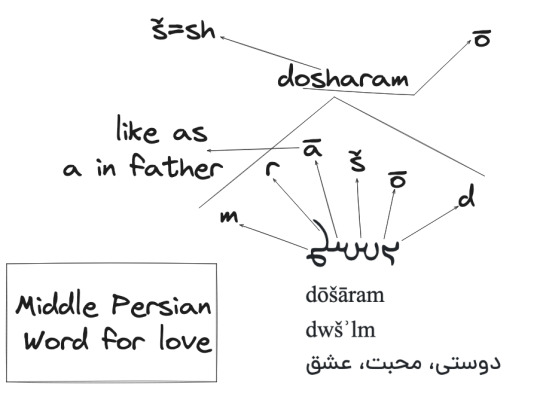
Read More:
Sumerian world for "Love".
History of wine in mesopotamia.
What is the word for love in Akkadian language?
Follow my YouTube channel. Silent tablets documentary, short videos from ancient history.
Follow my Twitter.
#archaeology#ancient mesopotamia#mesopotamia#brief history bites#ancient history#asia history#history of persia#history of iran#history of the sassanid empire#history of the persian empire#middle persian language#iranian peopel#iranian languages#iranian#romantic words#romantic#pahlavi scripts#Youtube#ancient words for love#ancient romantic words
1 note
·
View note
Text
I crossed the border into Lahore, Pakistan everyday to attend a college lecture about south Asian history. The border was open and safe, but a fat Labrador who worked for the intelligence still followed me and my partner around every time we crossed it back home. We evaded her with treats.
461 notes
·
View notes
Text
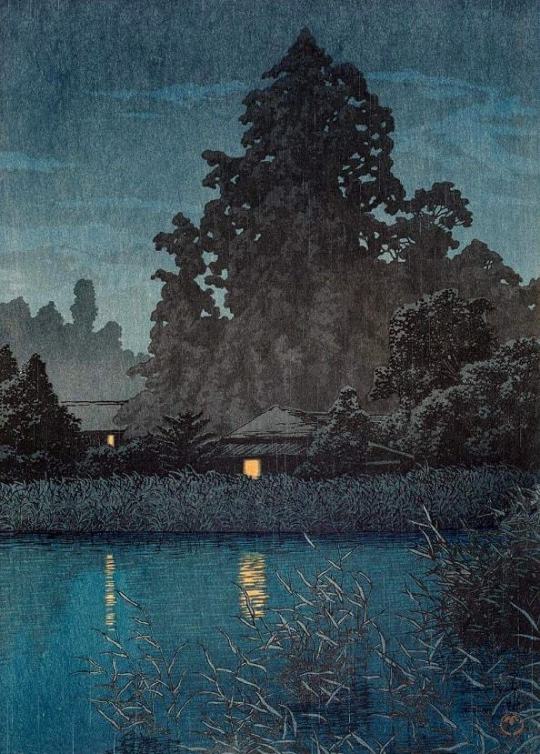
Night Rain at Omiya, Hasui Kawase, 1930
#art#art history#Asian art#Japan#Japanese art#East Asia#East Asian art#Hasui Kawase#Kawase Hasui#shin-hanga#woodblock print#landscape#landscape art#night scene#rain scene#Showa period#Showa era#20th century art
3K notes
·
View notes
Text

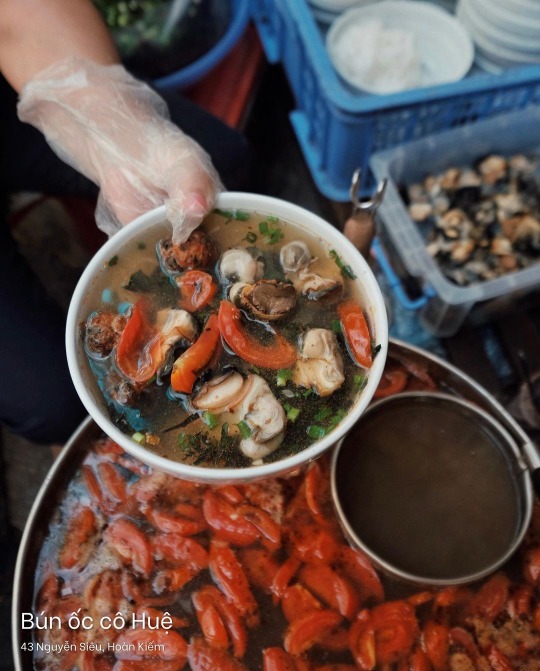
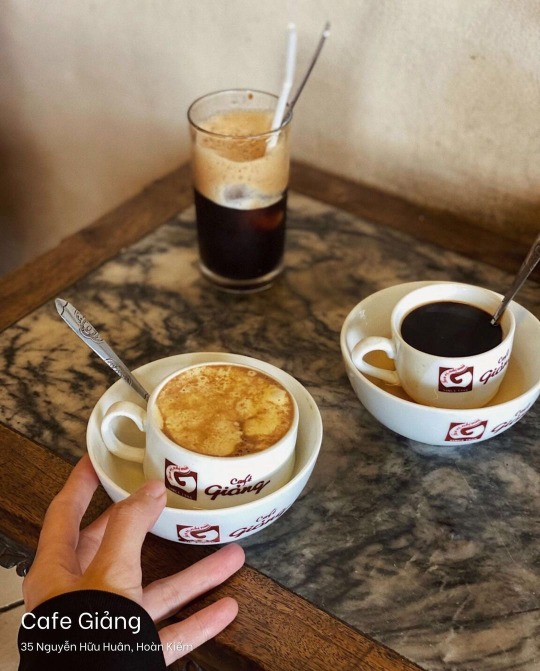



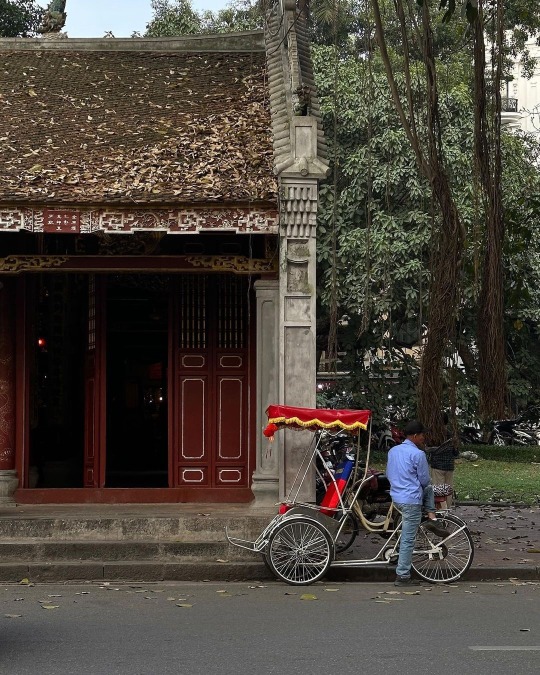


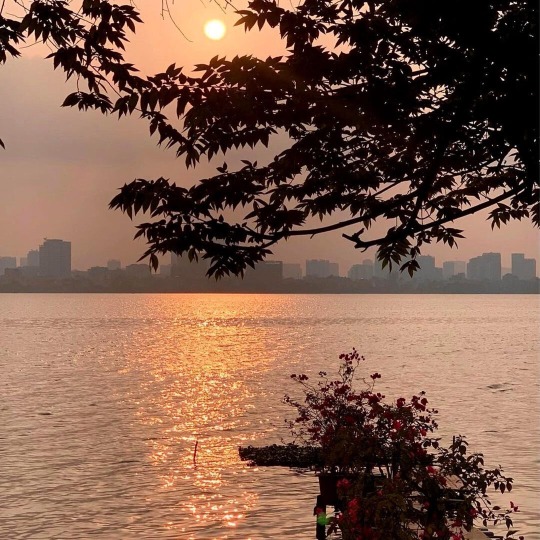
Street food and scenery in Hanoi, Vietnam. Credit to nofoodphobia (Instagram).
#vietnam#vietnamese#culture#history#travel destinations#travel#hanoi#southeastasia#south east asia#southeast asia#se asia#seasia#street food#foodie#food recommendations#asian food#vietnamese food#coffee#vietnamese coffee#looks tasty
776 notes
·
View notes
Text

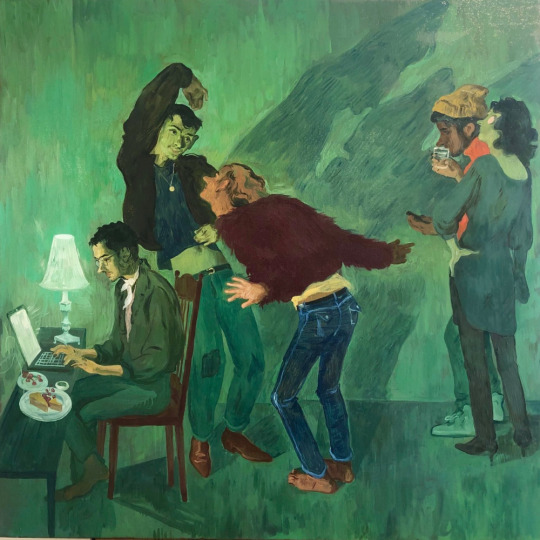




Toor’s scenes possess a kind of solemnity or quietude that does not suggest equilibrium so much as tender regard. Toor’s protagonists, obvious stand-ins for the artist himself, at least at an earlier moment in his life, seem held in suspension between two worlds, Old and New, never entirely at home in either. But he also holds them at emotional arm’s length, as if these images were tempered by time, less observations than memories, and they begin to assume the lineaments of archetype, despite their depiction of technology à la mode.
(Many of the pictures have an overall green palette, appropriate, perhaps, for the nocturnal illumination of bars or apartment parties—although more readily suggesting fin de siècle gaslight—but also reminiscent of the discoloured varnish of old paintings hanging for generations in smoke-filled drawing rooms.)
on Salman Toor
#art#art moodboard#salman toor#art detail#art history#art curator#art academia#artblr#aesthetic#moodboard#dark academia#romantic academia#chaotic academia#contemporary art#queer artist#pakistani art#green#south asia#this article was such a sweet and intelligent piece i fell in love
6K notes
·
View notes
Text

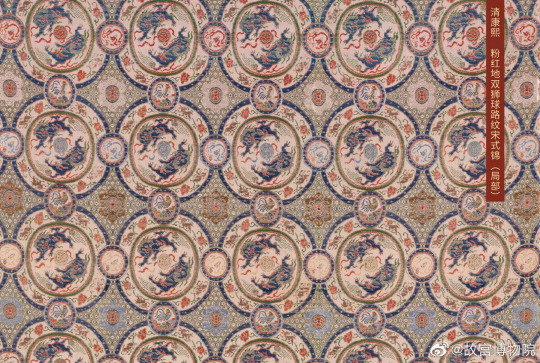
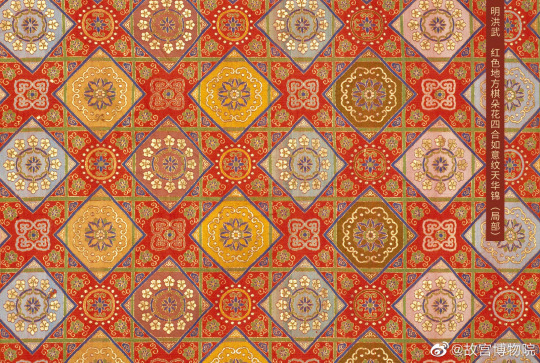


Chinese traditional patterns. 🧶🧵
#chinese culture#hanfu#textiles#patterns#chinese history#silk#china#east asia#designs#weaving#silk weaving#tiles#Art
749 notes
·
View notes